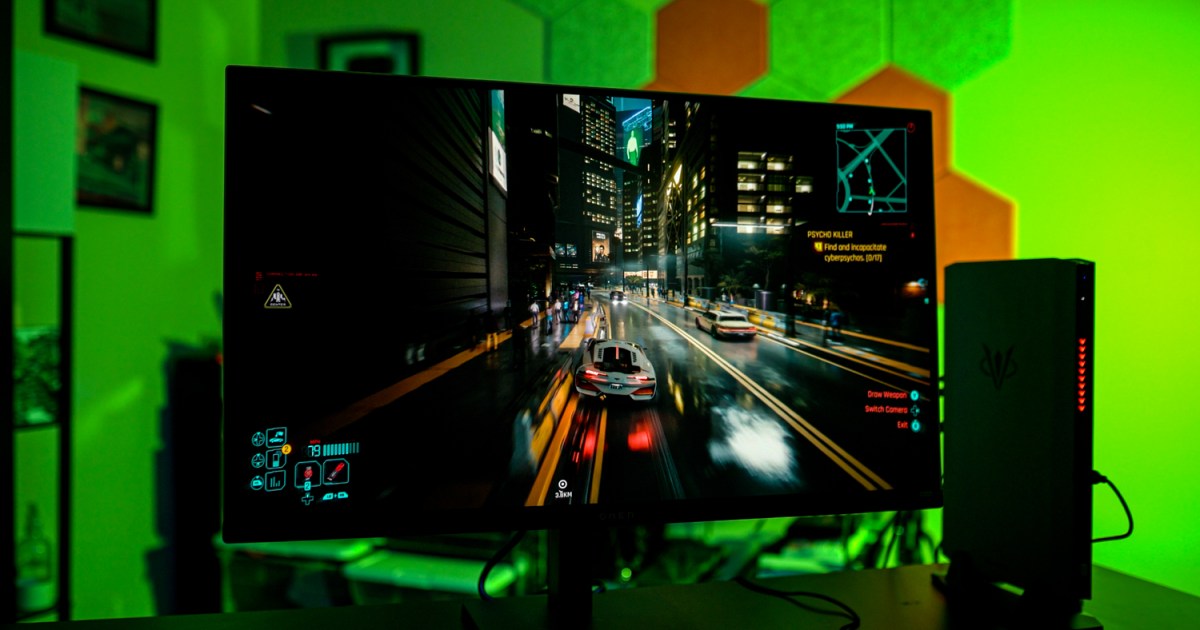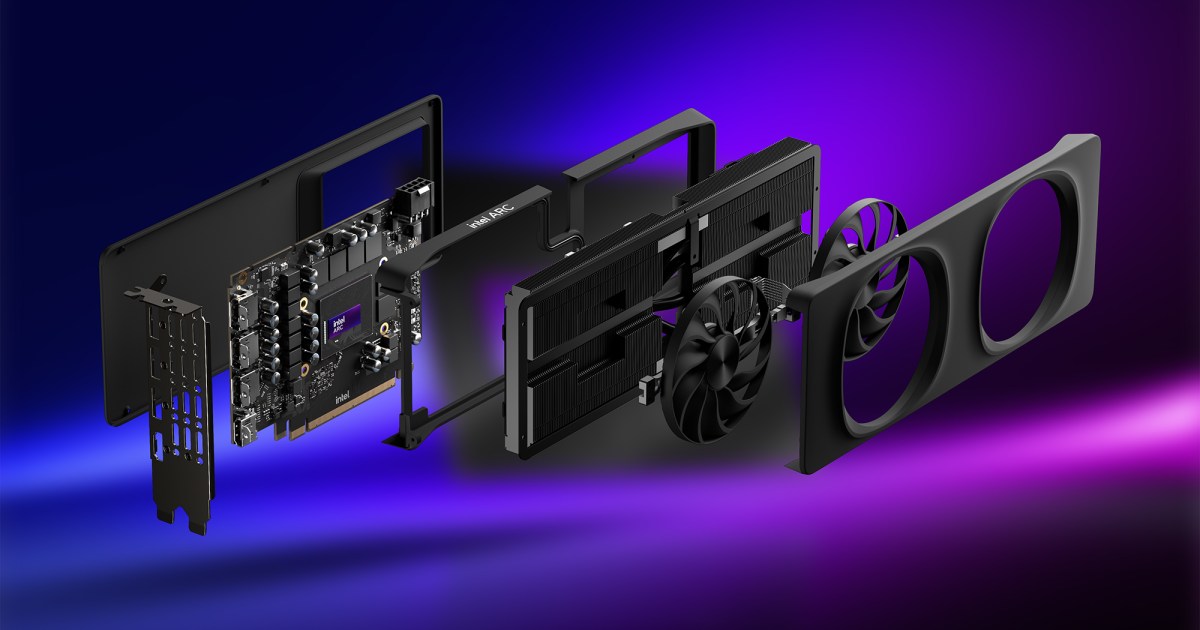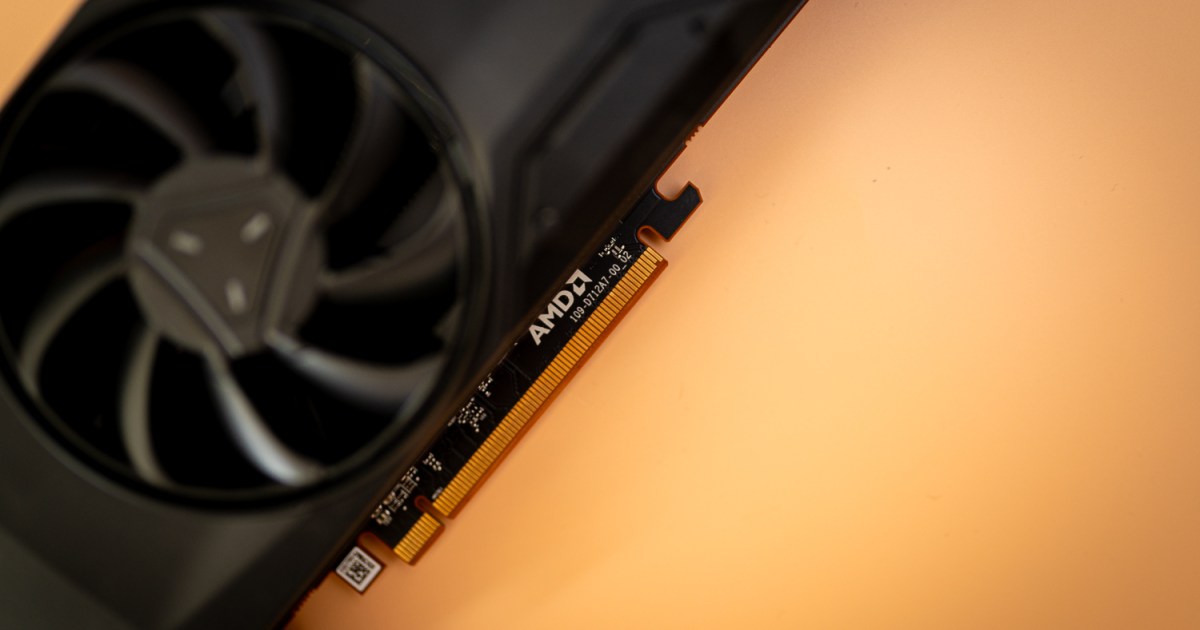Intel’s XeSS upscaling technology is receiving a significant overhaul with the introduction of XeSS 2. This new iteration borrows heavily from Nvidia’s DLSS 3, a key feature in many high-end graphics cards. XeSS 2, launching alongside the new B580 graphics card, offers super resolution like its predecessor, but also incorporates frame generation and a latency-reducing feature called XeLL.
XeSS 2 closely mirrors DLSS 3 in its functionality. The super resolution component operates similarly to the original XeSS, offering various quality settings that allow games to render at lower resolutions for improved performance. The key improvement in upscaling is native support for DirectX 12 and Vulkan, expanding XeSS compatibility to a wider range of games.
The most significant update is the addition of frame generation. Like other frame generation technologies such as AMD’s FSR 3 and third-party tools like Lossless Scaling, XeSS 2 utilizes frame interpolation. This process renders two frames and then generates an intermediate frame by comparing them. Intel’s approach, however, involves running two AI models on the graphics card in real time to support frame generation, similar to DLSS 3.
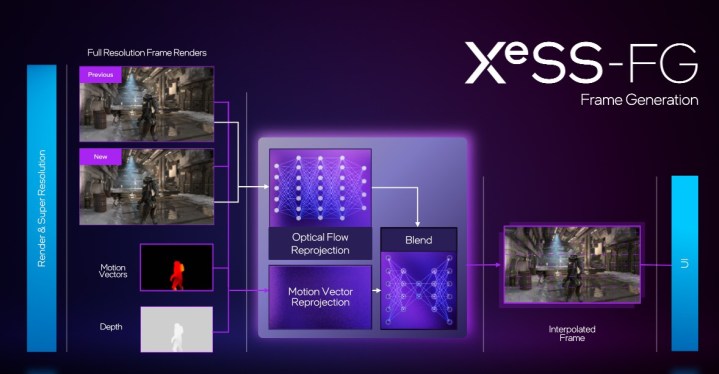 The render pipeline for Intel
The render pipeline for Intel
Consequently, frame generation is exclusive to GPUs equipped with Intel’s dedicated XMX AI accelerators. Unlike DLSS 3, which is limited to Nvidia’s RTX 40-series GPUs, XeSS 2 is compatible with all GPUs featuring XMX cores, including discrete graphics cards like the Arc A770 and A750, as well as integrated GPUs with these cores.
While most frame generation tools rely on frame interpolation, Intel has previously explored frame extrapolation. This method predicts new frames based on previous frames rather than comparing two frames. Given Intel’s prior research in this area, frame extrapolation could become a prominent feature in future XeSS iterations.
Alongside XeSS 2, Intel is introducing XeLL (Xe Low Latency). This feature, similar to Nvidia Reflex, sends frames directly to the GPU after CPU processing, bypassing the standard render queue. Intel explains that XeLL is generally required for XeSS Frame Generation due to the increased latency inherent in the frame generation process.
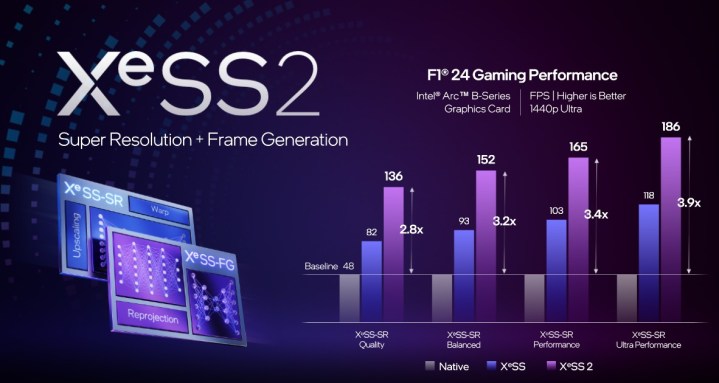 Performance for Intel
Performance for Intel
With the new Arc B580, Intel claims XeSS 2 can achieve up to 3.9 times the performance of native frame rates in games like F1 24.
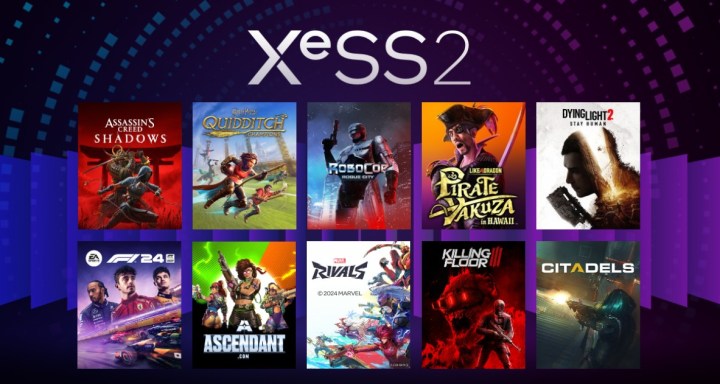 Intel XeSS 2 games.
Intel XeSS 2 games.
While Intel hasn’t specified which game will first feature XeSS 2, the company has confirmed its inclusion in upcoming titles like Assassin’s Creed Shadows, Marvel Rivals, and Like a Dragon: Pirate Yakuza in Hawaii. With the B580 launching on December 13, XeSS 2 is expected to be available in at least one game upon the GPU’s release.



